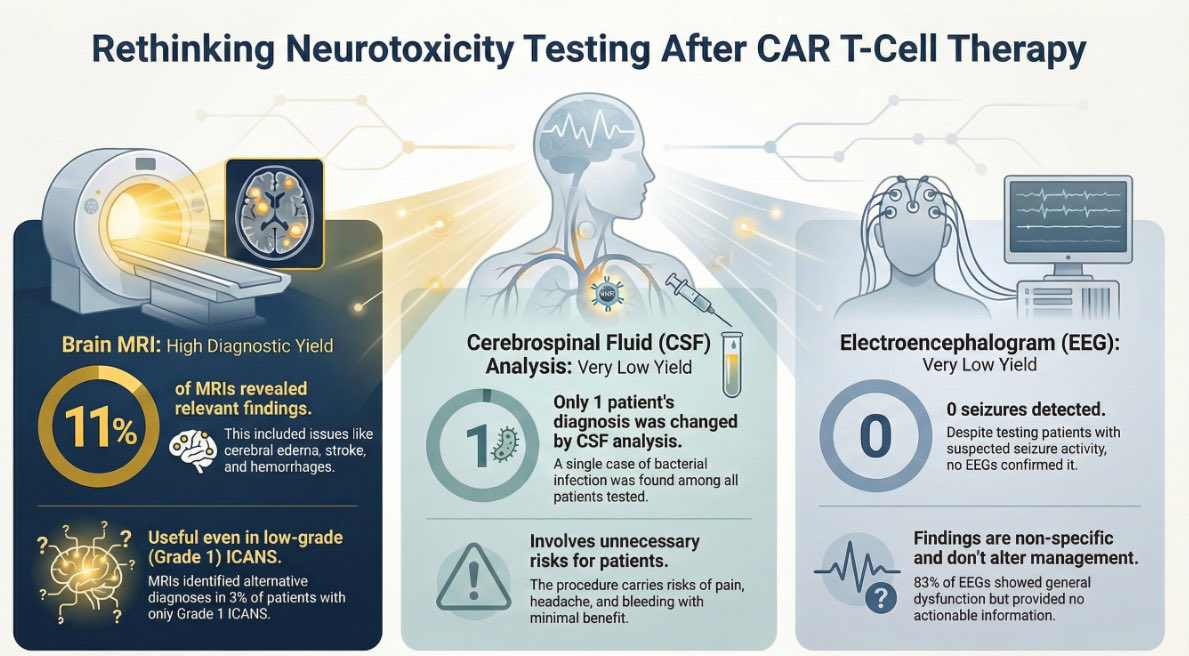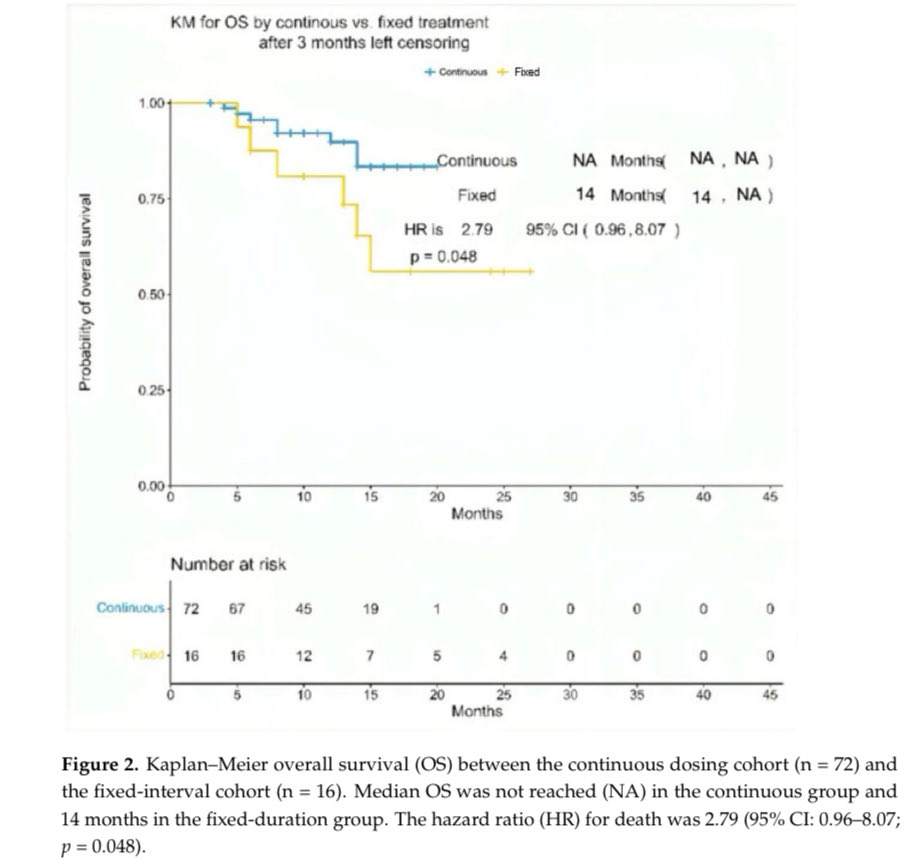MGCS: Monoclonal Gammopathy of clinical significance #mmsm #myeloma #MedEd #MedTwitter 🧵 #USMIRC @USMIRCNEWS 

Many differential diagnosis; mostly dependent on clinical diagnosis:
- Schintzler’s Syndrome
- Scleromyxedema
- TEMPI syndrome
- Cryoglobunemia
- NXG
- Clarkson disease
#mmsm #myeloma #MedEd #MedTwitter #USMIRC @USMIRCNEWS



- Schintzler’s Syndrome
- Scleromyxedema
- TEMPI syndrome
- Cryoglobunemia
- NXG
- Clarkson disease
#mmsm #myeloma #MedEd #MedTwitter #USMIRC @USMIRCNEWS



• • •
Missing some Tweet in this thread? You can try to
force a refresh




















